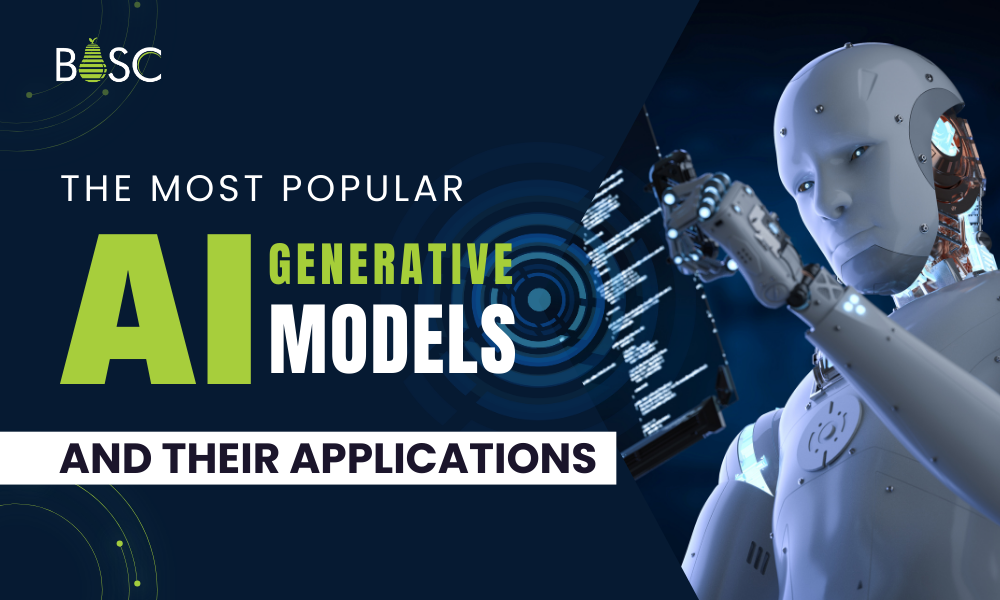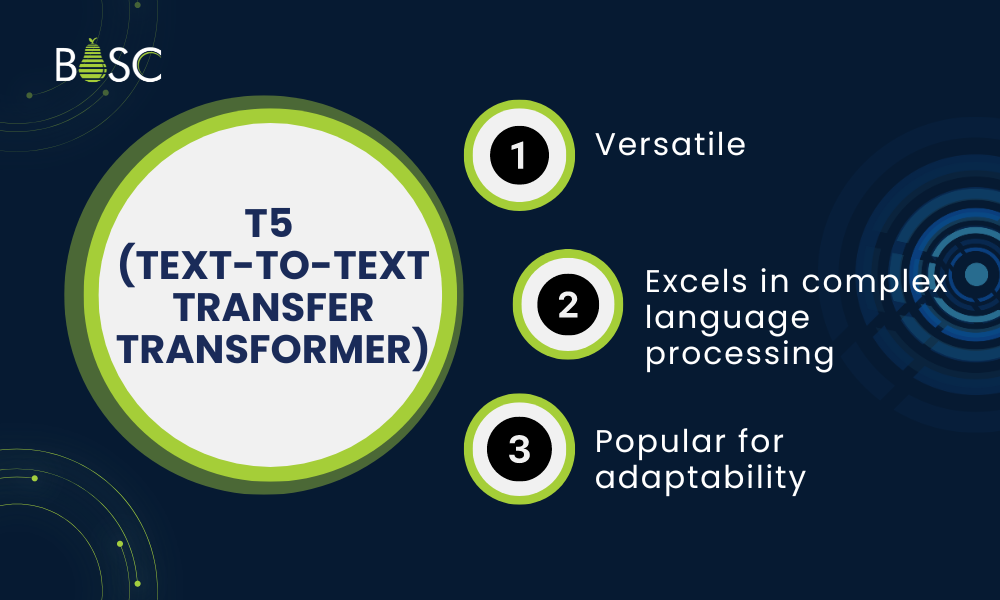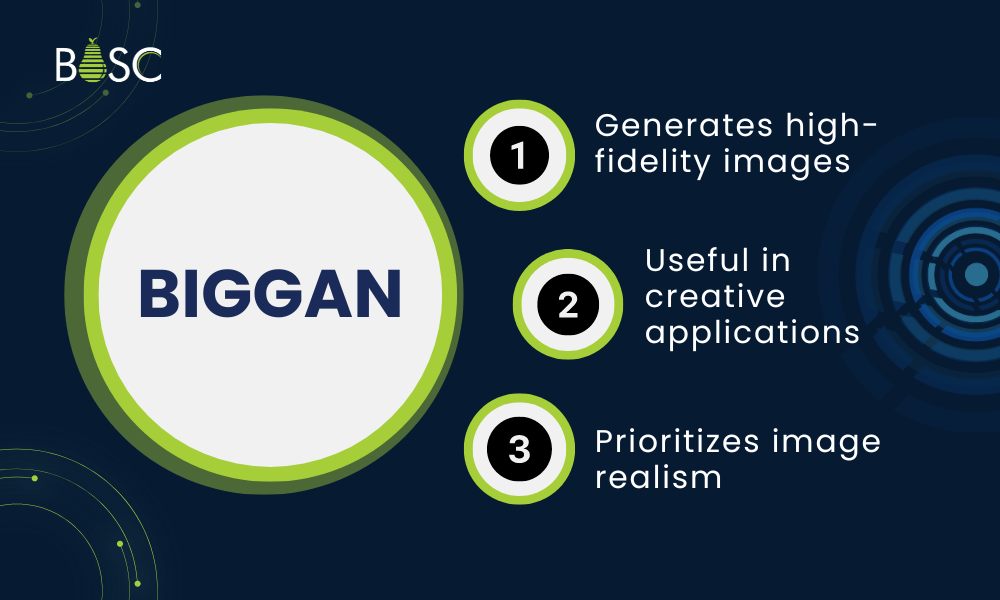Generative AI technology, once considered futuristic and niche by many in the business community, is set to drive waves of innovation across a wide range of industries and vastly improve human capability.
Be it creating images, voice recordings, or music notes of human quality, deep generative models have been unprecedented in what machines can achieve. Generative AI isn’t just about creating data but transforming how data is analyzed. For a deeper dive into the value AI brings to analytics, check out our post on the Top 3 Benefits of Generative AI for Data Analytics.
With the rising adoption of these models by businesses, there has been a corresponding increase in the need for skilled professionals within this domain and hence specialized generative AI development companies have entered into existence which support organizations to unleash their true power.
Generative AI models are among the most important technologies in use today. That innovation seeks things to do and creates new ones that were previously unimaginable across sectors, improving collaboration efficiency & creativity among researchers but also advancing opportunities in business and application models. Computer vision is evolving rapidly with the help of advanced Generative AI techniques. Learn more about the cutting-edge intersection of these technologies in our detailed blog on Machine Learning: Advanced Computer Vision and Generative AI Techniques.
Through these examples of the most widely used generative AI models and how they are being applied, it is apparent that this subfield of artificial intelligence has redefined many aspects of technology as well as industry.
Top Generative AI Models
-
GPT-4
The human-like language model GPT-4 is a breakthrough in this line of new models. Developed by OpenAI, it is capable of generating realistic and contextually relevant text coherently packing a heavy punch in content creation and customer service chatbots among other use cases With its human-level text comprehension and generation capabilities, it has now become a fixture in every generative AI development toolbox.
-
DALL-E 2
DALL-E 2: the representation learning version of DALL-E, it is a new state-of-the-art text-to-image generation that you can generate elaborate and highly vibrant images for any given sentence. It has revolutionized the landscape of design, marketing, and creativity offering its users visuals with look like what they have asked for. Creatively proposed use cases that, in business and generative AI development alike, expand the possibilities of how to work with visual content.
-
Stable Diffusion
Stable Diffusion is known for its ability to produce high-quality images, enabling creative applications in image generation with flexibility and precision. Rather than other architectures, it allows meticulous control over image generation which is useful if one wants top-notch quality output of a specific type. These types of models are well suited for sectors like advertising, entertainment, and digital art where precise visual details matter.
-
StyleGAN2
The new version of this model, called StyleGAN2 has been primarily known for being able to generate visual content with high quality. Refining from its predecessor, StyleGAN2 can produce more realistic and different images without an identity-based gap so it has many fans in the fashion, concert & game industry. Any generative AI development company striving to create high-quality, realistic static images (focused on synthetic media) would have this workhorse of a StyleGAN2 model in their toolbox.
-
BERT
It is great at problems that require understanding the meaning of words in a sentence like most search engines (Google), sentiment analysis, and translation to name just a few.
Its bidirectional nature — the left context helps to predict future words on the right and conversely, provides a rich text representation capability that is critical for improving state-of-the-art performance on various NLP tasks such as question answering, and sentiment analysis.
-
MidJourney
MidJourney has been doing digital art stuff, making images that are gorgeous as they go. Artists and designers have appreciated this model for its interesting aesthetic outputs, representing a mix of creative freedom with AI-driven invention. MidJourney is a powerful tool for generative AI development companies within the arts and design, unleashing new creative frontiers.
-
Codex
Codex is a code-generation product of OpenAI that has revolutionized the software development industry by enabling developers to write codes faster with fewer errors. It has built-in support for multiple programming languages and for most of the development environments, it gets integrated with them.
-
T5 (Text-To-Text Transfer Transformer)
T5 is a general-purpose model that formulates every text-based task as a “text-to-text” problem, allowing it to perform well at many different tasks such as textual entailment and question answering. Such a style of implementation lends to T5 being very versatile and has established it as a popular selection for use within applications requiring complex language processing abilities.
-
WaveNet
A deep generative model for human speech. It was designed by the DeepMind group to generate audio that sounds like human speech, with natural intonation and near-perfect adherence. WaveNet can currently be found in various voice assistants and automated customer service programs where human speech is imperative.
-
Jukebox
The jukebox is a new model for the music generation capable of creating songs in any genre, with lyrics or instrumentals. More than just a melody generator, it includes lyrics and vocals for a complete music production. Jukebox has a very wide range of creative applications in audio production, which makes it an attractive tool for artists and music producers.
-
Transformer-XL
Transformer-XL is very good at producing relevant coherent long-form text, especially for literature or content creation and academic writing applications. The ability to keep context over longer passages distinguishes it from other models, which makes it valuable for tasks where you want a high continuity and depth in the created content.
-
BigGAN
BigGAN is known for high-fidelity image generation, particularly in terms of complex structured images with crisp fine details. For example, we can report creative applications like ads, digital painting, or VR where image quality and realism are key aspects.
-
MuseNet
MuseNet is a generative model for producing multi-instrument musical compositions. It can output music of different styles and genres so it is a versatile creative tool for composers and those working in the field of media production. MuseNet takes AI-driven music production one step further by incorporating all instruments into a software package that can generate cohesive full-length compositions, rather than just melodies or phrases typically made with other platforms.
-
ChatGPT
ChatGPT (built on the GTP architecture) is a conversational AI model designed to do particularly well at generating human-like dialogue. It is most commonly used in chatbots, artificial intelligence assistants, and customer service applications where the user experience can be personalized through interaction. It’s widely used by businesses for better customer engagement due to conversational capabilities.
-
ERNIE 3.0
Most similar to GPT-2, ERNIE 3.0 is a multi-language model that has many features like multilingual embeddings and position-compatible representations which are effective for downwind tasks in the Chinese NLP area (such as understanding of knowledge iterations) developed by Baidu. It is this widespread use in production NLP tasks like translation, sentiment analysis as well as information retrieval in Chinese that makes it an indispensable tool for companies working with a multilingual user base. Through its capabilities in training state-of-the-art language models, ERNIE 3.0 presents a powerful tool for generative AI development companies looking to impact global markets with their products and services tackling these complex natural-language challenges.
Industry Applications
Healthcare
Generative AI models are saving lives, and completely redefining the status quo — from drug discovery to medical imaging to personalized medicine. For instance, these models help to simulate molecular are structures and their interaction which can support drug discovery by accelerating the process of new treatment developments. AI models help improve the accuracy of diagnostics by generating high-resolution images to detect diseases in medical imaging. Generative AI is also leading the revolution in personalized medicine by using patient data — as much of it that can be consumed to date – and stitching together bespoke treatment plans. Generative AI development is booming because many companies and healthcare providers are using it to evolve their patients’ outcomes. Beyond standard applications, Generative AI has untapped potential in customer service. Discover some innovative possibilities in our article on 20 Unexplored Use Cases for Generative AI in Customer Service.
Entertainment and Media
Generative AI is permeating content creation, video game development, and filmmaking within the entertainment and media sectors. The GPT-4 or the DALL-E 2 type of AI models are quick at creating scripts, storylines, and also visual assets very fast to work with creativity. Generative AI also plays a huge part in the video game development field by creating believable characters, worlds, and stereotypes to give games more depth. AI also helps in the film industry where it is used for visual effects, scene generation, and post-production which make movies more sophisticated in some parts visually appealing too. The next frontier for AI in media and entertainmentGenerative AI development houses are uniquely positioned to incorporate such technologies into creative workflows for the future of entertainment.
Marketing and Advertising
Generative AI models such as GPT-4 and DALL-E 2 are reshaping the content creation, and ad copywriting industry in marketing and advertising. These models can generate a large volume of impactful, individualized content ranging from ad copy and social media texts to images and videos customized for particular demographics. Brands —Consumers can beat the bush of an image as far back Ads, which can now be customized at a level that will resonate more with consumers and in turn increase engagement and conversion on your digital ads. The technology enables marketers to experiment and optimize ad campaigns faster, which can improve the efficiency of their advertising tactics. Therefore, Generative AI development companies are key partners in this space who can offer experience as well as the tools to implement these innovative approaches using AI-driven marketing solutions.
Due to the pace of innovation in generative AI, it is important to keep up with the field. Being up-to-date about the said trends would make sure you are in a better place to use AI and stay competitive, if not it will let you be one of those who lost their job.
Discover Top Generative AI Models
Learn how leading AI models are revolutionizing industries.
Get Started Today!




















